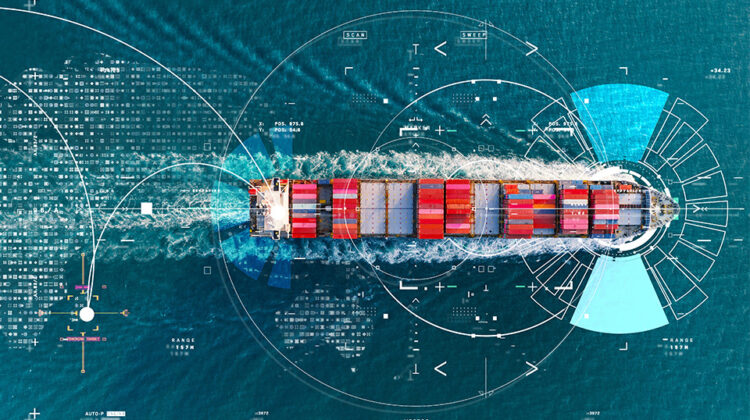
BIMCO submits paper calling for the IMO to develop a digitalisation strategy
LONDON : The importance of maritime digitalisation has significantly increased over the past few years. As a result, BIMCO has submitted a paper to the International Maritime Organization (IMO) advocating for the development of a comprehensive strategy on maritime digitalisation. The IMO Committee on Facilitation will discuss the paper at meetings on 8-12 April with the aim to exploit the potential of digitalisation, including efficiency, safety, and sustainability in ship design, ship operation and port call activities. The paper has been submitted in conjunction with China, Liberia, Republic of Korea, Singapore, the United Arab Emirates and the ISO (International Standardisation Organisation).
Digitalisation is becoming a crucial element as the maritime industry is working to decarbonise, and the use of digital technologies can significantly boost operational efficiency, resilience, sustainability and innovation. In this regard, the IMO plays a pivotal role in promoting digitalisation across the maritime sector.
However, effective implementation of digitalisation requires substantial coordination among various stakeholders and digital initiatives. To maximise the benefits, a digitalisation strategy by the IMO must aim to define a clear roadmap for the strategic direction of the organisation, enhancing the standardisation, harmonisation and integration of digital solutions.
For digitalisation initiatives to succeed, parties are reliant on trust in data, seamless data exchange and compatibility between shoreside infrastructure and shipboard equipment. Therefore, existing and future digital challenges such as autonomous shipping (MASS), Maritime Single Window (MSW) implementation, digital signatures, and e-navigation developments, must be addressed.
In a recent survey conducted by BIMCO, IAPH, IFSMA and FONASBA, a key finding showed that 40% of the shipping industry is unaware of the IMO resolution mandating the use of a “maritime single window” for data exchange from 1 January 2024. Another result was that only 36% of port calls offered fully electronic exchange of data. Both findings illustrate the current dilemma of the maritime industry: when to invest and implement a given solution.
Another example, although a bit more technical in nature, lies in the implementation of the e-navigation route exchange format (RTZ) which will likely be included as a mandatory revision to the ECDIS (Electronic Chart Display and Information System) performance standard. This format enables routes created in one ECDIS to be transferred to various other makes and models of ECDIS, as well as to other equipment such as radars, vessel tracking systems, integrated bridge systems, back-of-bridge planning applications, and shore-based planning tools. In later years, this file format has also been used to provide ships with reference routes and for informing e.g. a VTS about a ship’s intended voyage. Despite the straightforward specification of the currently used RTZ standard and implementation guide, inconsistent application has limited full exploitation of its evident potential, mainly due to lack of initial coordination by a central body or organisation.
Similar risks are anticipated for other digitalisation initiatives such as the development of a regulatory framework for autonomous ship (MASS), Maritime Single Window (MSW) and digital signatures, to mention a few.
The examples above emphasise the proactive role of the IMO in maritime digitalisation. Many emerging technologies require a coordinated approach within the IMO and between the IMO and other intergovernmental organisations (such as the International Hydrographic Organization and The International Association of Marine Aids to Navigation and Lighthouse Authorities). Absence of such coordination could put a limitation on several benefits.
An overarching IMO strategy on digitalisation could, on the other hand, offer the maritime industry numerous benefits. These include promoting the adoption of electronic formats in various reporting requirements, enhancing data harmonisation, and ensuring system interoperability across digital systems and platforms. Streamlining digital processes will facilitate more effective and efficient information exchange between ships and ports, thereby saving time and reducing operational costs. In addition, the strategy could stimulate innovative approaches in designing, building, and operating ships.
Therefore, a digitalisation strategy from the IMO will not only send a strong signal on the priorities of the organisation, but also signal the importance of digitalisation externally and among, industry stakeholders. By doing so, the IMO can make sure that all stakeholders, including those outside the organisation, are aware of the strategy and aligned with its digital agenda, promoting greater collaboration among stakeholders, wider adoption of standards, and more effective implementation of digital solutions as a result. Consequently, it will represent a major step towards increasing efficiency, safety, and sustainability of the maritime industry.
